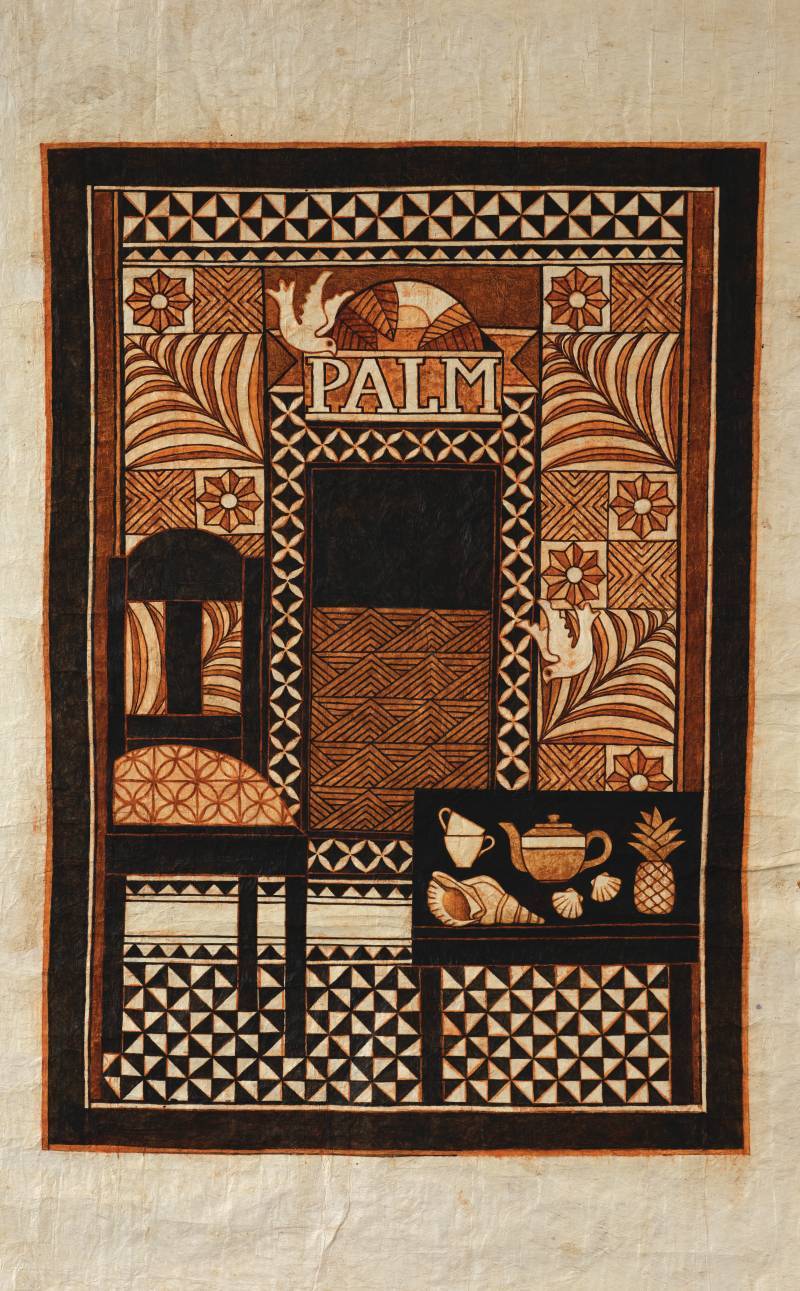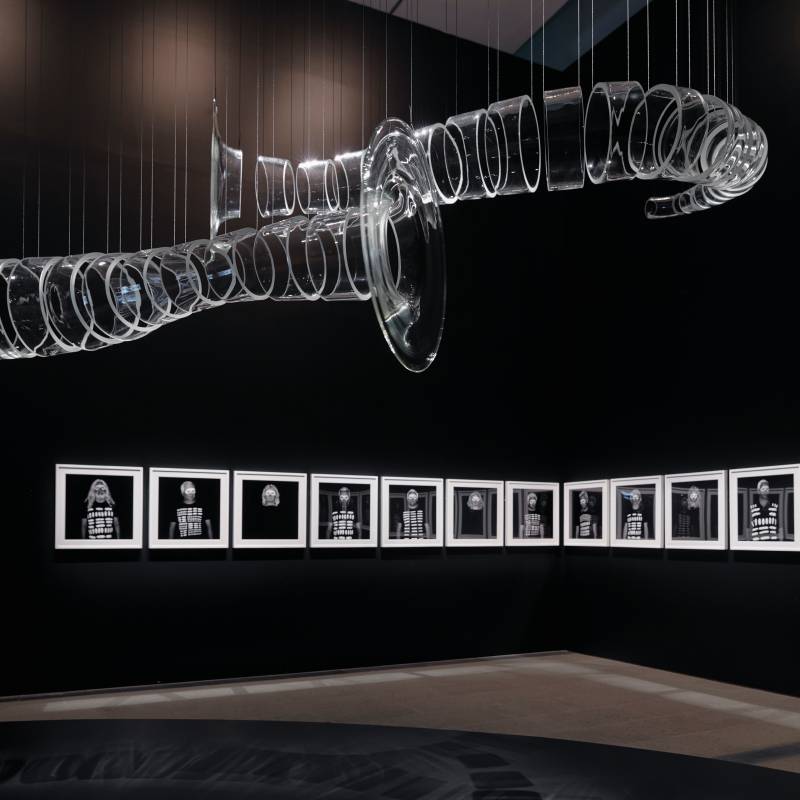Curator’s Radar: Robin White
These artists have recently garnered significant attention from curators of public galleries.
Words: Sue Gardiner
In the last two years, Robin White has found new ways to be extraordinarily productive. In 2019 curator Justin Paton invited her to exhibit in Matisse Alive, a group exhibition developed in conjunction with Matisse: Life & Spirit, Masterpieces from the Centre Pompidou, Paris open from November 2021 at the Art Gallery of New South Wales, Sydney. Paton’s brief? “Respond to Matisse in the Pacific”.
Always admiring of Matisse’s handling of space, especially domestic, object-filled interiors, White asked herself what that would look like in reverse, to position herself in the Pacific and consider the concept of domestic space from the Pacific, allowing Matisse, who was drawn to the light, water and colours of the Pacific, to be part of that vision.
With her collaborator Ebonie Fifita, White made four large bark cloth works, two using the Fijian Masi style of bark cloth, and two using Ngatu bark cloth from Tonga. Complex patterning echoes across their surfaces along with symbols and pictorial elements painted using natural pigments and dyes.
“In early 2020, Ebonie and I worked on the first Ngatu, VAIOLA, in Auckland with the guidance of Akesa Fifita, Ebonie’s grandma who named the work – vai for water and ola for light. Her poetry also became the text used in the work. The making of the cloth was a joyful affair, with many hands working in unison.”
White and her collaborators are members of the Bahá’i community. “We share a deep understanding of how to work and make together,” she says. “We approach our work from an attitude of learning and reflection, a commitment to understanding who we are as human beings and how we relate to others.”
Back in Masterton, White started working on the first of the two Masi. Fifita soon joined her there and they completed the second Masi in the same way. “The final Ngatu work, Hufanga’anga, was made back in Auckland with Ebonie in March 2021,” White says. Matisse Alive is on show until 13 March 2022.
White’s work is also in Another Energy: Power to Continue Challenging, curated by Mami Kataoka at Tokyo’s Mori Art Museum, in 2021-22. All 16 women artists in the international show are in their 70s or older, with all continuing to embark on new challenges.
Coming up for White in 2022 is a major two venue retrospective at the Museum of New Zealand Te Papa Tongarewa, Wellington and Auckland Art Gallery Toi o Tāmaki with curators Nina Tonga and Sarah Farrar. Looking back at 50 years of making, the artist says it will be like attending a family reunion.
Featured image above: Robin White and Ebonie Fifita, The perfect silence of the hour, 2020. Barkcloth, earth pigments, natural dye, 210 x 134cm. Courtesy: the artists and Two Rooms, Auckland.
Featured image below: Robin White and Ebonie Fifita, Soon, the tide will turn, (Laufilitoga Maka), 2021. Barkcloth, earth pigments, natural dye, 201 x 221cm. Courtesy: the artists, and Art Gallery of NSW, Sydney.
This article was originally published in Art Collector issue 99, January-March 2022.














